Composition Profile Properties and Classification of Soil in India
Composition Profile Properties and Classification of Soil in India
The Composition of Soil ;
Soil Profile ;
If a section of representative soil is examined downwards different layers usually found such section called the soil profile and individual layers are called Horizons
The profile is a crucial tool in nutrient management. By examining a profile, we will gain valuable insight into soil fertility. because the soil weathers and/or organic matter decomposes, the profile of the soil changes.
2) Horizon ‘A’ (Surface soil); Also called a Layer of mineral soil with most organic matter accumulation and soil life. Additionally, thanks to weathering, oxides (mainly iron oxides) and clay minerals are formed and accumulated. topsoil features a pronounced soil structure. But in some soils, clay minerals, iron, aluminum, organic compounds, and other constituents are soluble and move downwards. When this eluviation is pronounced, a lighter-colored E subsurface horizon is clear at the bottom of the A horizon. The A horizon can also be the result of a mixture of soil bioturbation and surface processes that winnow fine particles from biologically mounded topsoil. during this case, the A horizon is considered a “biomantle”.
3) Horizon’B’ (Subsoil);
4) Horizon’C’ ( Substratum);
5) Horizon ‘R’ ( Bedrock); R horizons denote the layer of partially weathered or unweathered bedrock at the bottom of the profile. Unlike the above layers, R horizons largely comprise continuous masses (as against boulders) of hard rock that can’t be excavated by hand. Soils formed in place from bedrock will exhibit strong similarities to the present bedrock layer.
Physical Properties of Soil;
|
Separates |
Diameter in mm |
No of particle/g |
Surface Area in Sq.cm/ |
|
1) Fine Gravel |
2.0-1.0 |
90 |
11.3 |
|
2) Sand |
|
|
|
|
Coarse |
1.0 – 0.5 |
722 |
22.7 |
|
Medium |
0.5-0.1 |
46213 |
90.7 |
|
Fine |
0.1- .05 |
722074 |
226.9 |
|
3) Silt |
.05 – .002 |
57X10⁵ |
453.4 |
|
4) Clay |
Below 0.002 |
90X 10⁹ |
11342.5 |
Plant growth as well as chemical and biological activities in the soil are greatly influenced by the soil temperature. The microbial fixation of nitrogen is the maximum between 80–90°F. Soil temperature also regulates soil air movement to some extent. The soil temperature depends on the absorption of solar radiation, losses through radiation, and evaporation of moisture. The amount of heat that enters the soil is controlled by climate, the color of soil, altitude, vegetation, and a cover of the land. Soil temperature provides a suitable medium for optimum growth, the activity of microorganisms, germination, nutrient movement, water absorption by plants, etc.
Classification of Soil in India;
Soils in India have been divided into a number of groups and Sub Groups The main groups are ;
1) Red Soils, 2) Laterite 3) Black soils 4) Alluvial soils
1. Red Soils
This is further divided into Red loam and Red sandy soils.
(a) Red loam.
1) They are derived from the weathering of granites, gneisses. Schists, dionites, and others, which are relatively rich in clay forming minerals and poorer in silica.
Distribution; Such soils are found in the whole of Madras & Mysore, part of AP, M.P, Orissa, Bihar, U.P. (Bundelkhand), WB (Birbhumi), and Rajasthan.
2. Laterite Soils
1)Yellowish-red or red color soils derived from laterites and contain a large proportion of primary Kaolinite clay minerals.
4) Due to the breaking off and forming again in different places two types of laterites may be found, low-level laterites and high-level laterites. They have poor water retention.
5)The soils have a fairly high organic matter content but a low level of lime and magnesia and are generally deficient in P and K. The pH of laterite soils is generally on the acidic side (pH 5.0 – 6.0) due to the magnesia.
Distribution; These soils are found in Maharastra, Mysore, Kerala, MP, Orissa, and U.P.
Crops; like tea, coffee, rubber, cinchona, coconut, areca nut, etc.
3. Black Soils.
The composition of merely of the montmorillonite group and thus shows swelling and shrinking. These soils have A & C horizons due to the mixing up of layer pH varies from 7.5 to 8.5.
(a) Shallow black soils. These are derived from basalts of Deccan traps. The texture varies from silt loam to clay. The color varies from dark brown to dark yellowish-brown. The structure is granular or weakly blocky. Lime is usually present in fine grains or nodules.
(b) Medium black soils. These soils develop from a variety of rocks including basaltic traps, Dharwar, schists, basic granites, gneisses, hornblende, and chloritic schizts. Texture ranges from silty clay to clay. They are moderately rich in organic matter and are fairly well-drained. Some have gypsum on the subsurface and are further classified.
(c) Deep black soils. Derived from basaltic traps. The percentage of clay may vary from 40-60%. Lime is present in irregular-shaped modules and therefore, soil reaction is generally alkaline. The clay mineral is of a 2:1 lattice-type structure.
Distribution; The black soils are found in parts of Maharastra, Gujarat, MP, Rajasthan, U.P., AP., Tamil Nadu, and Mysore.
4. Alluvial Soils
These soils are developed mainly by the depositions of silt overages. The older alluvium is more clayey and is darker in color and a lot of lime. Considerable salinity and/or alkalinity are also found. The fresh alluvium is coarser in texture and shows little or no horizonation.
Coastal Alluvium. The texture is extremely variable and ranges from sandy to silty clay. The soils are usually deep and range from bright reddish-brown to yellowish-brown and to grey and dark grey. Soils derived from calcareous material are composed of dark colored heavy clay. And if they are derived from Red soils which are derived from granitic and gneissie rocks, the soils are poor in fertility with medium or light texture and rich in kaolinitic clays.
Coastal Sands. These are sandy and deep but lack in profile development. salinity is no problem due to the water table being low and thus having free drainage. These sandy stretches are put under Coconut and Cashew plantations.
Deltaic Alluvium. These soils are brought by rivers and deposited where they join the sea. These soils vary in their composition and texture, depending on where they are from. The drainage conditions of most of these soils are satisfactory, the exception being Gangetic Alluvium.
Calcareous Alluvial soils. These are calcareous soils developed on the alluvium of the Gandak river. The main character is a high content of Calcium Carbonate, ranging from 10-40%, and distributed throughout the profile. The soils are light-colored pale brown and yellow-brown and are lack horizon differentiation. The texture varies from sandy loam to loam and pH is mainly on the alkaline side. Phosphorus and Potash are low.
Distribution; These soils cover a large part of Rajasthan, Punjab, U.P., Bihar, W.B., Gujarat, and some parts of Assam, Orissa.
5. Desert Soil
This has two distinct types of soils:
(a) Regosol-which is deep, coarse-textured, and sandy.
(b) Lithosol-shallow and resting on bedrock.
The Regosol desert soils consist of wind-blown sand and sandy fluviatile deposits.
The most predominant part of desert soil is quartz but feldspar and hornblende grains also occur.
(6) Lithosolic. The Colour is rusty brown and dark reddish-brown, moisture retentively is low and no plant life is sustained.
Distribution; Desert soils are found in Rajasthan, South Punjab, and in the range Kutch.
6. Tarai Soils
They are formed by the downward movement of materials from the lower Himalayan ranges. Surface soil possesses a sandy loam or silty loam texture. With adequate drainage, these become fertile soils.
Crops; Rice, wheat, sugarcane, tobacco, cotton, jute, maize, oilseeds, vegetables, and fruits.
7. Hill Soils (Brown)
Crops; Rice and sugarcane, wheat, jowar, linseed, sunflower, cereal crops, citrus fruits, vegetables, tobacco, groundnut, any oilseed crops, and millets
8. Saline and Alkali Soils
Saline soils are considered better than Alkali soils as the soil is not dispersed and can be rectified with irrigation and the application of Sulphur or Gypsum. Alkali soil can be reclaimed only by adding Gypsum and certain field operations such as scraping the surface.
Distribution; Bihar, Uttar Pradesh, Haryana, Punjab, Rajasthan, and Maharashtra
9. Peaty Soils
Crops; suitable for growing root crops and cereals potatoes, sugar beet, celery, onions, carrots, lettuce.



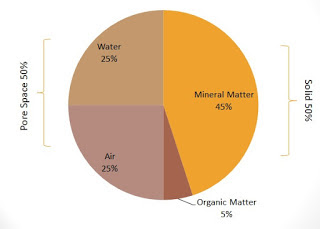

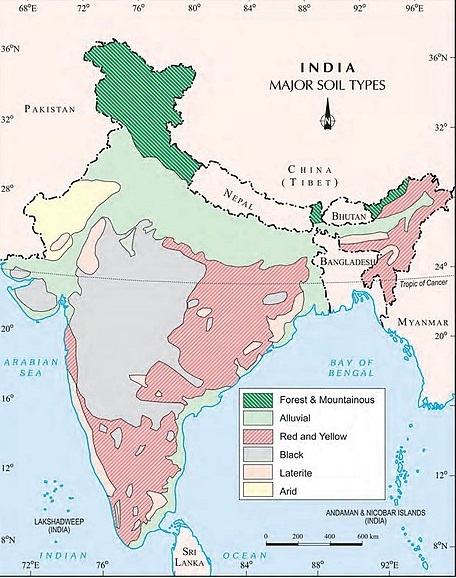
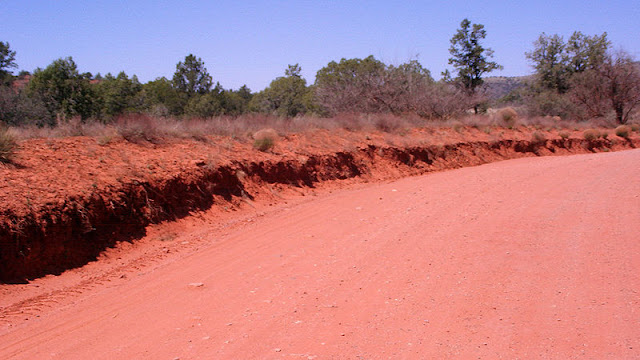


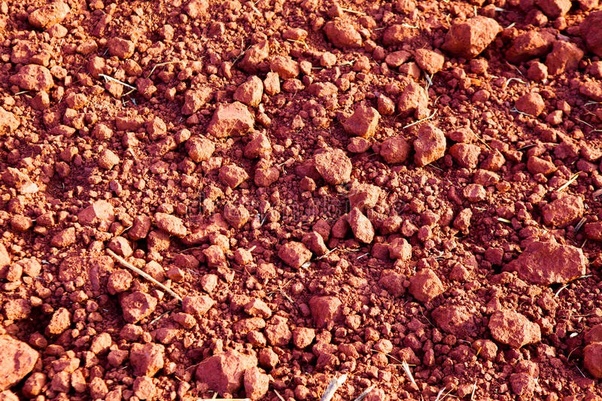
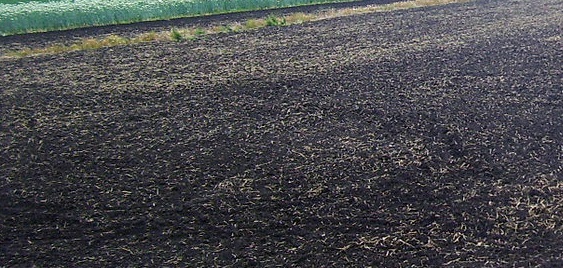
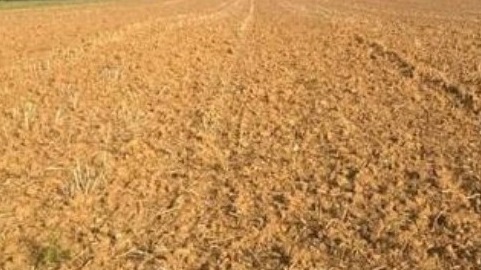
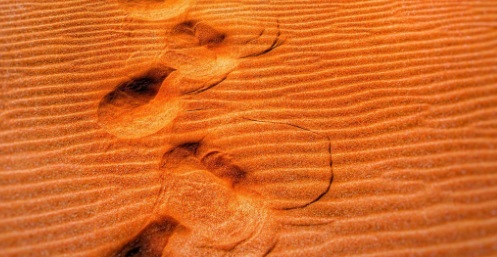
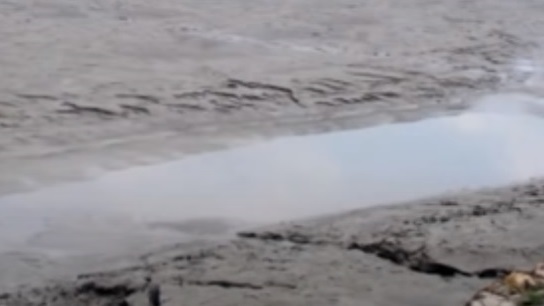


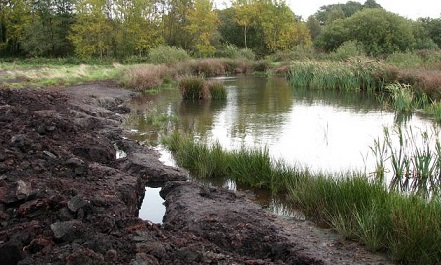

Pingback: Sorghum ((Sorghum bicolor L) or Jwoar Cultivation in India - Agrovista-Farming
Pingback: Cultivation of Lucerne (Medicago sativa) or Alfalfa in India - Agrovista-Farming
Pingback: Cultivation of Finger Millet ( Mandua or Ragi ) ; A Complete Information Guide - Agrovista-Farming
Pingback: Cultivation of Saffron (Crocus Sativa) ; A Compete Information Guide - Agrovista-Farming
Pingback: Cultivation of Jute (Corchorus spp.) in India - Agrovista-Farming
Pingback: Cultivation of Groundnut ; A complete Information Guide - Agrovista-Farming
Pingback: Cultivation of Grapes in India ; A complete information Guide - Agrovista-Farming
Pingback: Cultivation of Cucumber - Agrovista-Farming
Pingback: Cultivation of Drumstick /Moringa ; The Tree of Life - Agrovista-Farming
Pingback: Cultivation of Turmeric ; Curcuma longa L - Agrovista-Farming
Pingback: Cultivation of Lime and Lemon (Kagzi ) for Good Income Returns - Agrovista-Farming